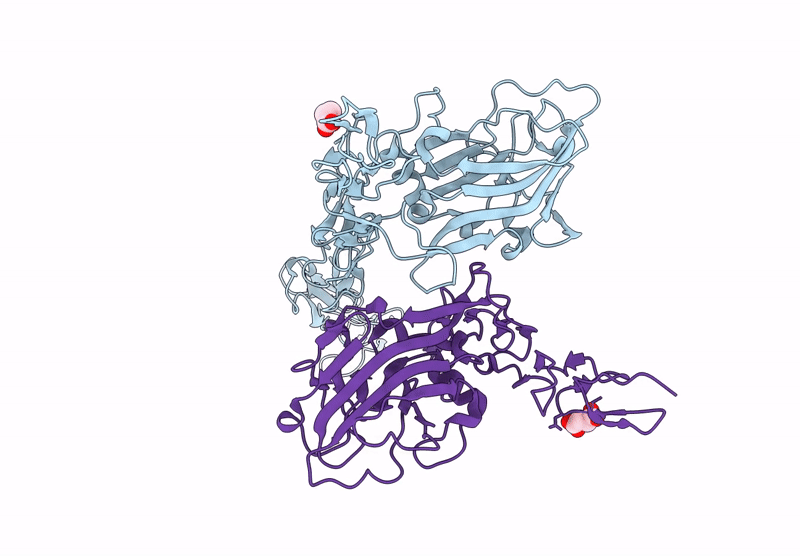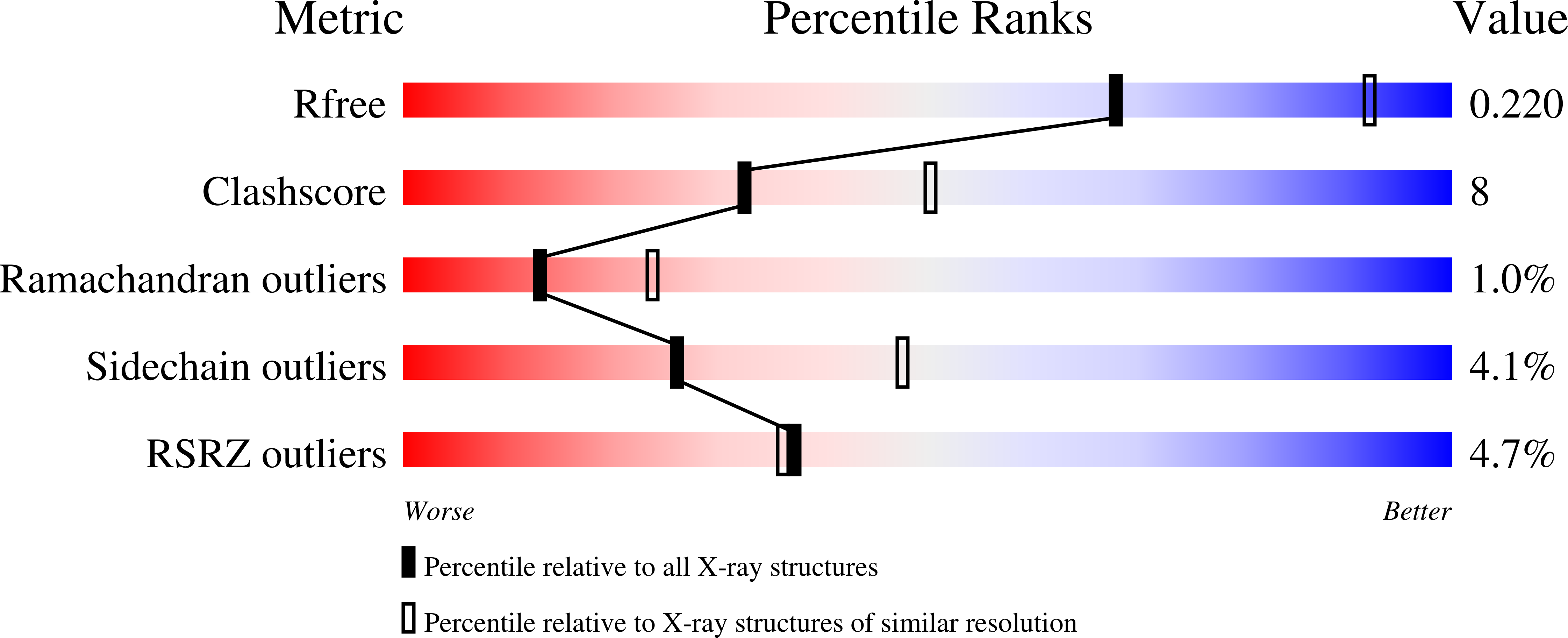
Deposition Date
2025-01-27
Release Date
2025-04-02
Last Version Date
2025-05-21
Entry Detail
PDB ID:
9I5B
Keywords:
Title:
Crystal structure of perlecan region 3 mutant (P1019L) construct I876-V1272 including one laminin IV-like and four laminin EGF-like domains.
Biological Source:
Source Organism:
Mus musculus (Taxon ID: 10090)
Host Organism:
Method Details:
Experimental Method:
Resolution:
2.52 Å
R-Value Free:
0.22
R-Value Work:
0.18
Space Group:
P 1


